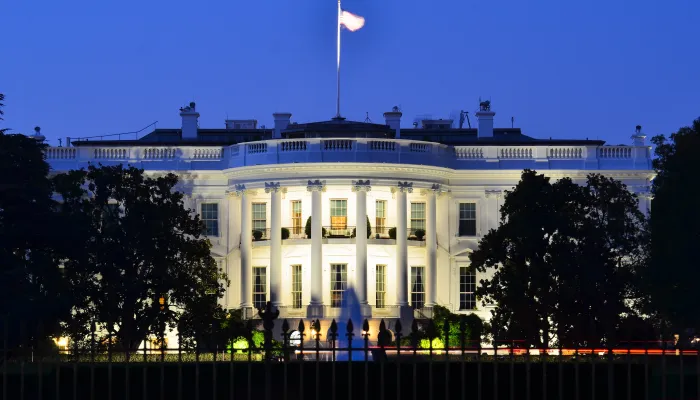$518 Billion? Inside the White House/Senate Negotiation's Math
Although Congress itself had been out of session prior to this week, some news last week came as the latest talks between the White House and a small group of Republican Senators broke down. As with many other failed negotiations, reporters were able to glean some information about what the talks centered on. In this case, it seemed to be finding $518 billion of mandatory and/or revenue savings to replace a portion of the sequester. Readers who are familiar with sequester numbers may be puzzled by how they came to $518 billion. While we can't be certain that we know exactly how they did it, we have a good idea, which we will detail below.
To get there, we should clarify differences between how OMB and CBO account for the sequester. Technically speaking, the sequester only stays in effect through 2021. This fact makes it clear what happens with mandatory spending: it simply reverts to pre-sequester levels starting in 2022. But discretionary spending is more complicated. Scoring agencies face a choice, since not only the sequester but the discretionary spending caps expire in 2021. Normally, in the absence of discretionary spending caps, a scoring agency will assume that discretionary spending increases with inflation from the previous year, which CBO does in its baseline. However, there is also the possibility that a scorer could assume that discretionary spending would return to the levels that would have prevailed in absence of the sequester in 2022, which OMB does. Thus, CBO assumes that the sequester still lowers discretionary spending from where it would be otherwise beyond 2021, while OMB does not. This means that discretionary spending is higher in OMB's current law baseline and that it costs less to repeal the sequester in OMB's method.
Source: OMB, CBO
Using OMB's method, repealing the sequester would cost $840 billion over ten years. CBO's method would cost $130 billion more, for a total of $970 billion (note that these are OMB estimates using "CBO's method," not CBO's actual estimates). It appears that the negotiations used the OMB method.
One possibility for savings is to leave the portion of the sequester that applies to mandatory spending in place, which would shave $120 billion off the cost. In addition, there is also $202 billion of discretionary savings that the President had in his budget, which theoretically could be sped up to take place by 2021. Note that while the discretionary savings would apply to the same category of spending as the sequester, it is not equivalent since those savings would happen over ten years, as opposed to eight for the sequester. Adding in these savings leaves you with $518 billion to be saved from mandatory programs.
| Dissecting the $518 Billion (billions of dollars) | |||
| 2014-2023, OMB Numbers |
2014-2023, CBO Numbers | ||
| CBO Sequester Repeal Method | $970 | $941 | |
| Remove 2022-2023 Extrapolated Savings | -$130 | -$130 | |
| Keep Mandatory Sequester | -$120 | -$120 | |
| Use President's Budget Discretionary Savings | -$202 | -$198 | |
| Remaining Savings | $518 | $485 | |
Source: OMB, CBO, CRFB calculations
There are a few issues with this proposed plan, if it is indeed what the thought process was. For one, keeping the mandatory sequester is a mindless way to achieve savings since unlike the discretionary sequester for 2014-2021, policymakers have no discretion over the mandatory cuts. We have pointed out that there are already cuts larger than the mandatory sequester which are relatively agreeable for both sides. In addition, keeping the mandatory sequester means that the savings available in Medicare and other mandatory spending are smaller and politically more difficult since those areas are already getting hit. However, if there were areas where policymakers were comfortable with the size of the sequester cut, they could not only keep them but make them permanent beyond 2021 to contribute to future deficit reduction.
Also, there may be a credibility issue with the discretionary savings. Some may see it somewhat gimmicky to use savings in two years (2022 and 2023) where it is unclear what the correct baseline should be. Using the OMB method, the combination of sequester repeal and the President's discretionary caps would be seen as deficit reduction, whereas using the CBO method would show a deficit increase. In addition, there is a credibility in replacing the sequester with savings that are very backloaded in the last two years. While more backloaded cuts would be ideal, there are no net savings until the final two years, which would raise questions about whether lawmakers would sustain them.
While the current talks are defunct, lawmakers are likely to be dragged back to the table by the circumstances, so it is interesting to see where their initial talks took them.


